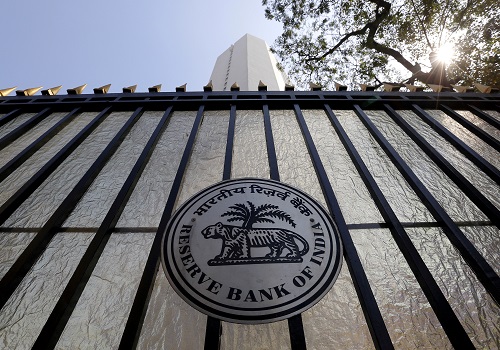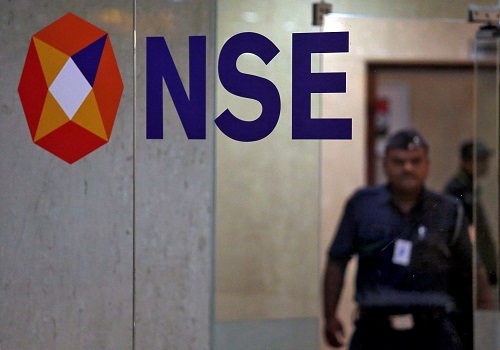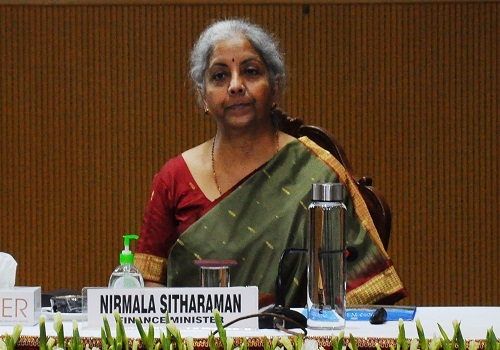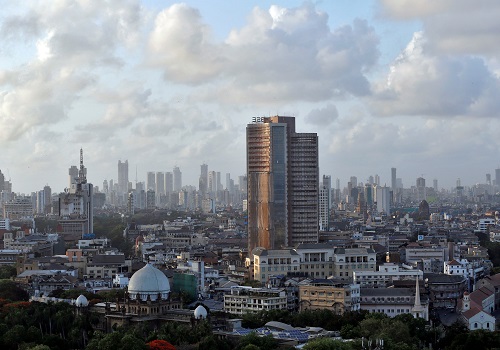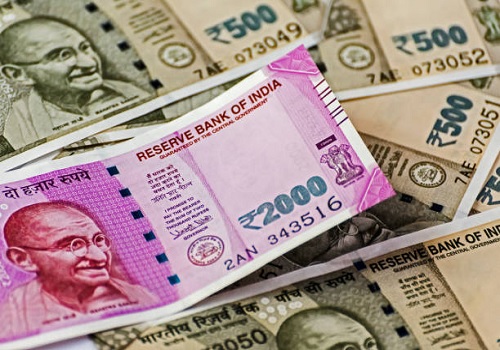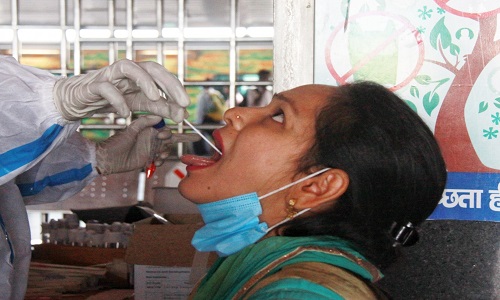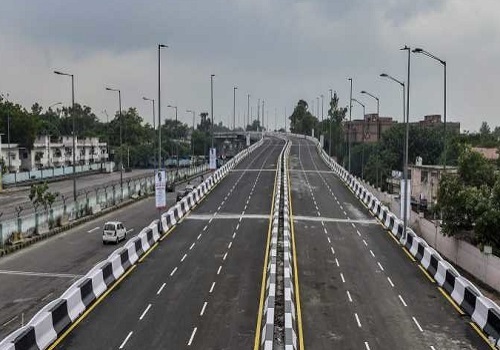Bracing for slippages and changing rates market dynamics - Emkay Global

Follow us Now on Telegram ! Get daily 10 - 12 important updates on Business, Finance and Investment. Join our Telegram Channel
https://t.me/InvestmentGuruIndiacom
Download Telegram App before Joining the Channel
Bracing for slippages and changing rates market dynamics
* Centre’s latest decision to dismiss vaccine decentralization and tiered-pricing is indeed an optimal strategy to maximize welfare and minimize cost for general government. However, the flipside is that Centre’s vaccination budget would swell to ~Rs450-550bn (0.2% of GDP) vs. estimated Rs100-120bn based on the earlier arrangement between Centre and States
* In sum, Centre’s FY22 fiscal math is likely to get disturbed by ~0.5% to 7.3% of GDP. The fiscal hit in the form of lower divestment, higher doles on food/fertilizer subsidy, health and NREGA may outstrip buffers such as bumper RBI surplus and wholesale inflation-led higher nominal GDP. Capex adjustment (cuts) could turn out to be the balancing/offsetting factor.
* FY22 Gross G-sec borrowings could increase by Rs650bn+ on top of Rs12.05tn. This, in conjunction with additional issuances of Rs1.6tn for GST compensation to states, will ensure pressure be felt across the G-sec curve. The GSAP+OMOs might have to be propped up beyond Rs6tn to balance the ensuing supply-demand mismatch and keep yields range-bound.
* In the near term, we are neutral on bonds amid the central bank’s active support anchored at the benchmark 10-yr paper. However, we see yields inching up in an orderly and gradual fashion in H2FY22. We expect the yield curve to bear-flatten and see benchmark 10-yr yield in the range of 6.0-6.40% for the remainder of FY22.
The cost of vaccination: changing dynamics?
Centre’s latest proposition to take over the vaccination drive from states is a welcome decision. We reckon that the centralization of negotiations and administration will improve vaccine efficiencies. While this would reduce net cost to general government, Centre’s health spending burden will increase. The total cost of universal jabbing by Centre - which we assume will also include below-18 age category post Oct’21 - is estimated to increase to ~Rs450-550bn (~0.2% of GDP), assuming: (1) majority of the supply remains dominated by current domestic players at Rs150 per jab, but the costing landscape changes from Jul’21 and Nov’21 with enhanced role of foreign players; (2) private sector also covers 20-25% of the eligible population; and (3) there is ~10% wastage and administration costs.
This compares to budgeted cost of Rs350bn for FY22, and is way above our initial estimated cost of Rs100-120bn in the earlier arrangement where only 25% of the national population (45+) was being targeted by the Centre. Now additional fiscal pressure on states will ease as most had not taken (high) vaccination cost in their budgets. Earlier strategy would have disproportionately pained state finances, with UP, MP and Chhattisgarh leading the pack.
Centre’s fiscal deficit/GDP may slip ~0.5% from the budgeted 6.8% in FY22
Amid various push and pull, there is a likelihood of fiscal slippage to the tune of around 0.5% from the initially budgeted 6.8%. Even accounting for positives budget buffers such as bumper RBI surplus and higher nominal GDP on higher wholesale inflation, factors like (1) higher doles payouts than budgeted on food, fertilizer subsidy, health and NREGA, (2) possible miss on ambitious divestment targets, and (3) possible fading of the positive upside surprises on conservatively budgeted tax estimates will outweigh on the fiscal math.
As of now, we are not taking major cuts in Centre’s budgeted capex. The government narrative is still capex-driven, pushing both CPSE and its own machinery for capex frontload. But we reckon some capex cuts could be an offsetting factor. Despite the slippage, the effective fiscal impulse will still be negative in FY22. Given the limited efficacy of monetary easing currently, continued countercyclical fiscal policy support—and avoiding a premature consolidation—remains crucial.
Borrowings slippage by another ~Rs650-700bn; Bear-flattening of Gsec curve bias in H2FY22
As we move ahead, G-sec bond demand-supply dynamics may worsen across the curve. Amid the expected fiscal slippage, we estimate the gross G-sec loans could increase by Rs650-700bn in FY22 over and above Rs12.05tn budgeted and could pressure the belly of the curve (10-14yr).
The supply will be further compounded by recently announced additional G-sec issuances worth Rs1.6tn (likely in H2FY22) to compensate states for GST shortfall and could likely be in the 3-5yr segment. With higher T-bill issuances than budgeted, the shorter end (3M-1yr) may also see pressure. The stress on RBI will therefore intensify to keep bonds range-bound at current levels and GSAP+OMO purchases may have to be propped up beyond Rs6 tn in FY22 (our current estimate Rs4.5-5tn).
However, this will likely be the story of H2FY22. In the near term, we remain neutral on G-sec bonds, helped by the central bank’s visible and invisible hand. We reckon even as yields may inch up orderly and gradually over the year, the curve will likely still flatten ahead, with the RBI keeping the 10-yr yield as rates anchor. We expect the yield curve to bear-flatten and see the benchmark 10-yr yield in the range of 6.0- 6.40% for the remainder of FY22.
To Read Complete Report & Disclaimer Click Here
For More Emkay Global Financial Services Ltd Disclaimer http://www.emkayglobal.com/Uploads/disclaimer.pdf & SEBI Registration number is INH000000354
Above views are of the author and not of the website kindly read disclaimer

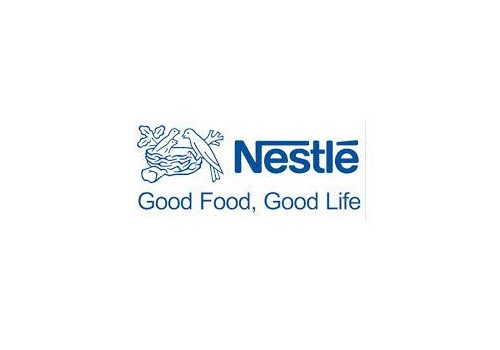
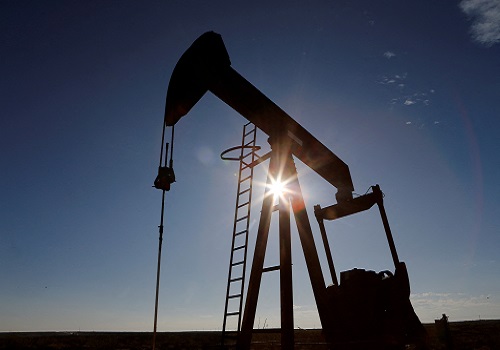
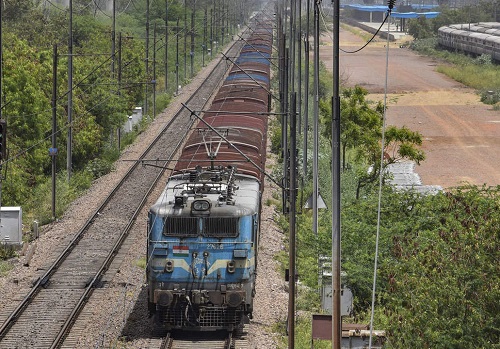
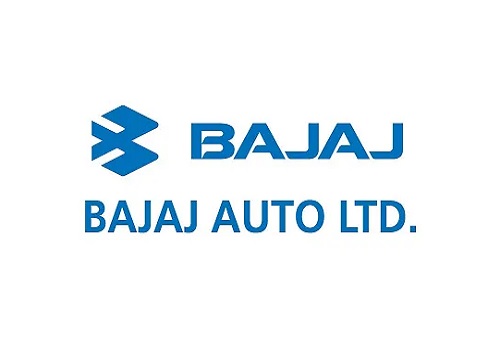
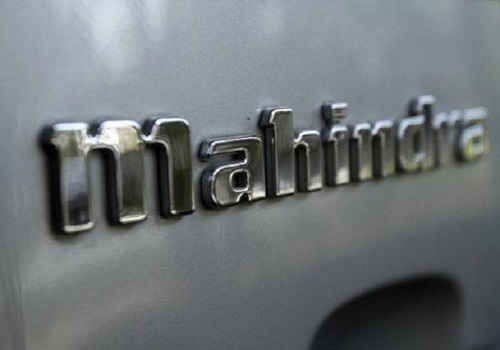
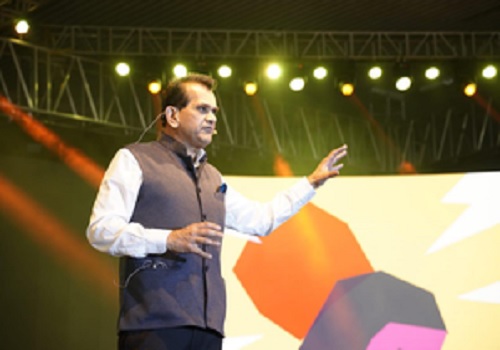
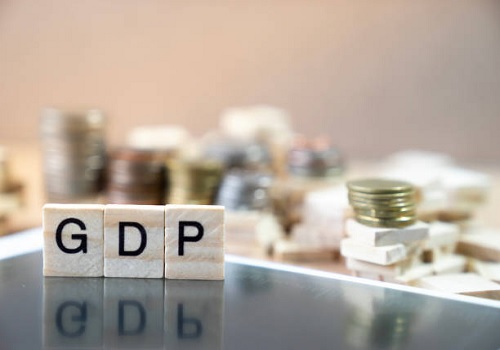
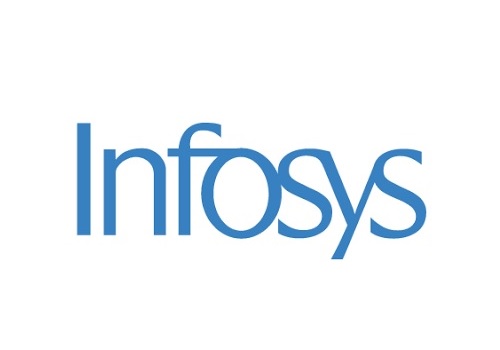
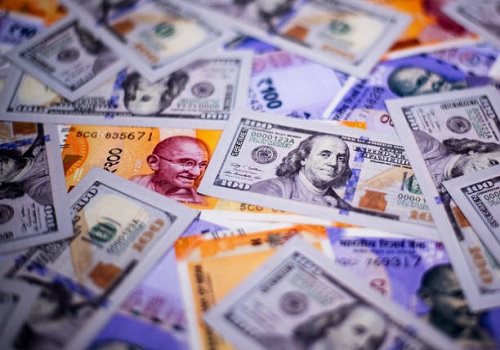
Tag News

Monthly Debt Market Update, September 2023: CareEdge Ratings





